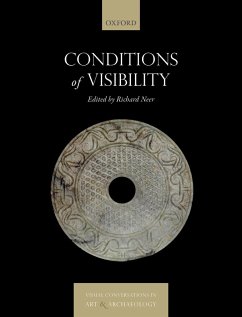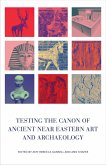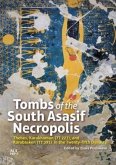We often assume that works of visual art are meant to be seen. Yet that assumption may be a modern prejudice. The ancient world - from China to Greece, Rome to Mexico - provides many examples of statues, paintings, and other images that were not intended to be visible. Instead of being displayed, they were hidden, buried, or otherwise obscured. In this third volume in the Visual Conversations in Art & Archaeology series, leading scholars working at the intersection of archaeology and the history of art address the fundamental question of art's visibility. What conditions must be met, what has to be in place, for a work of art to be seen at all? The answer is both historical and methodological; it concerns ancient societies and modern disciplines, and encompasses material circumstances, perceptual capacities, technologies of visualization, protocols of classification, and a great deal more. The emerging field of archaeological art history is uniquely suited to address such questions. Intrinsically comparative, this approach cuts across traditional ethnic, religious, and chronological categories to confront the academic present with the historical past. The goal is to produce a new art history that is at once cosmopolitan in method and global in scope, and in doing so establish new ways of seeing - new conditions of visibility - for shared objects of study.
Dieser Download kann aus rechtlichen Gründen nur mit Rechnungsadresse in A, B, BG, CY, CZ, D, DK, EW, E, FIN, F, GR, HR, H, IRL, I, LT, L, LR, M, NL, PL, P, R, S, SLO, SK ausgeliefert werden.









